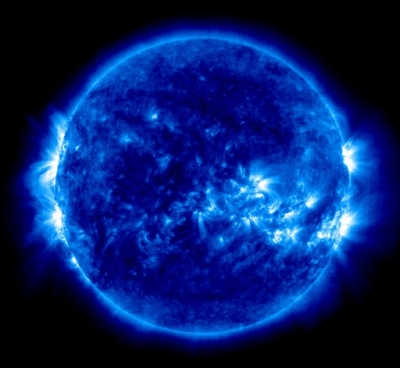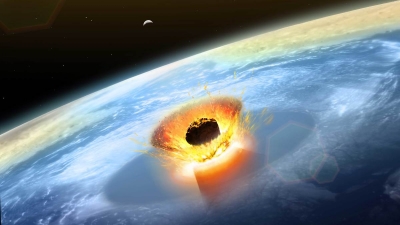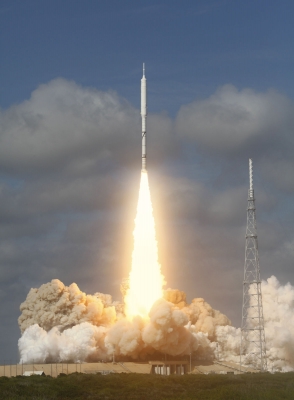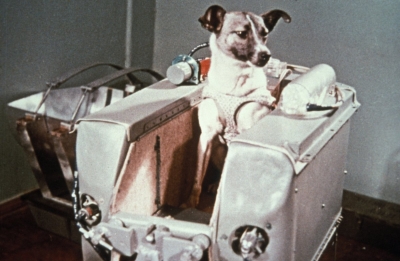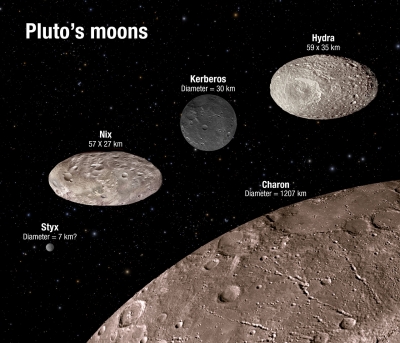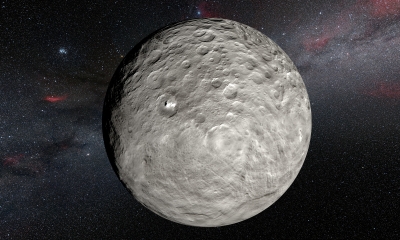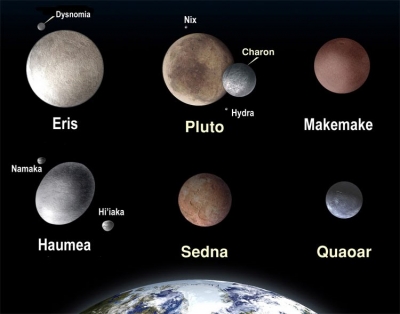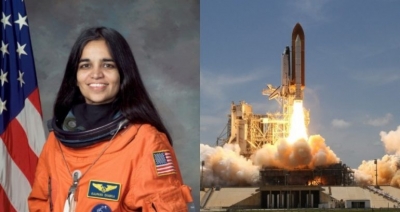
A commercial cargo spacecraft bound for the International Space Station (ISS) has been named after NASA astronaut, Kalpana Chawla, the first India-born woman to enter space. Northrop Grumman, an American aerospace and defence technology company, announced that its next Cygnus capsule will be named the “S.S. Kalpana Chawla”, in memory of the mission specialist who died with her six crewmates aboard the space shuttle Columbia in 2003. “Chawla’s final research conducted onboard Columbia helped us understand astronaut health and safety during spaceflight. Northrop Grumman is proud to celebrate the life of Kalpana Chawla and her dream of flying through the air and in space,” the company said.
Born in Haryana, India, Chawla moved to the United States to earn her master’s and doctorate degrees in aerospace engineering from the University of Texas in 1984 and the University of Colorado in 1988, respectively.
She then began her career at NASA, conducting research in fluid dynamics at the Ames Research Center in California. After becoming a naturalized US citizen, Chawla applied for and became a NASA astronaut as a member of “The Flying Escargot,” NASA`s 15th class of trainees.
Picture Credit : Google



